Co-Ed Cyber Teams Optimize Talents
Between 1.5 and 3 million cyber professionals will be needed worldwide by the year 2020 according to various studies. However, the majority of individuals currently entering the field are male; estimates are only 5 percent to 11 percent of professionals entering technical fields are women on a global basis. It is critical to bring more women into cyber fields not only to fortify the cyber workforce with more talent but also to apply the power of diversity that leads to better solutions.
Technical teams that comprise both women and men are more creative, solve problems quicker and create a better work environment regardless of other diversity factors, said Doreen Harwood, senior vice president, CSS, Defense and Intelligence, Leidos. “We need to have a conversation about the gap and what can be done,” she stated while participating in a panel focused on women in cybersecurity held at the Defensive Cyber Security Symposium in Baltimore.
The moderator of the panel, Rear Adm. Elizabeth "Betsy" A. Hight, USN (Ret.), member of the board of visitors, Software Engineering Institute (SEI), agreed, and added her own emphasis to this point saying, “We need the power of diversity from someone who is not thinking like you.”
Bringing more women into cyber fields is essential because today's cybersecurity solutions will not be adequate tomorrow. Complex solutions that work are needed, but the field also needs more people involved in the cyber fight, said Dr. Emma Garrison-Alexander, vice dean, Cybersecurity and Information Assurance Department, the Graduate School, UMUC. “If we don’t have the people, we need to solve that piece of the puzzle,” she said. That effort can involve initiatives to help women, minorities and the general population become more interested in cybersecurity. Wait until high school to encourage STEM careers is too late, she added.
When she worked on programs to interest young girls in technical careers, Garrison-Alexander found that many of the girls wanted careers in fashion or fashion design not STEM fields. The exception were those who were exposed to professionals in the technical fields. Role models have a huge impact on the women who choose technical careers, she stated. However, she noted, there are technical aspects of fashion and fashion design, and as STEM professionals work with young people, they need to emphasize careers in chosen fields also can be pursued in a technical way.
Marianne Bailey, deputy national manager, U.S. National Security Systems, National Security Agency, also believes the role model piece is missing. While many efforts to bring more women into STEM fields are going on in education and business, Bailey stressed, “We are not being successful,” adding that 60 percent of women in STEM fields drop out. This is partly because they are not seeing female instructors teaching technical subjects, and when they see smart women in technical fields on television, the women are not usually mainstream, citing the character of Abby on “NCIS” as one example.
Garrison-Alexander pointed out that the cultural message that technical fields are desirable for women may not be hitting the mainstream niche, but STEM careers are a great way for a women to support themselves and be independent too. Because these career fields pay 50 percent more than traditional careers, they enable women to provide for themselves and their families as well as change overall economic situations, she emphasized.
Culturally, cyber professionals currently in the field also must be aware of subconscious biases that exist in items like job descriptions, added Harwood. Many technical job descriptions read like they are written for men, but an increase in women applicants occurs when the description for the same job is written in a way that might also appeal to women, she stated.
This subconscious bias also takes place in higher education. Citing one example, Bailey described how one school's average of only 16 percent female computer science graduates caused it to address the disparity by putting women in key positions in technical departments and classes, and the number rose to more than 50 percent.
Cyber education is more than learning coding or preventing cyber bullying or understanding cybersecurity, it also is about culture, education and mentoring. “We need to have a whole society approach," Harwood said, “and we all have to be moms, great mentors and part of the ecosystem of all that is going on.”
That means being involved across communities, churches and families to the maximum extent because cyber touches all of these areas, so it needs to be part of the mentoring, she emphasized. For example, no matter the career choice—even working at a lawn care company—jobs involve paying bills and organizing teams online. There is not a career today that isn’t going to touch the internet and need some element of cybersecurity, Harwood pointed out.
Vice Adm. Nancy A. Norton, USN, director, Defense Information Systems Agency, and commander, Joint Force Headquarters, Department of Defense Information Network, attended the panel session. She added to the conversation, stating it is not just about having a mentor, which is important, but also about having someone to push you and make sure you believe in yourself. Adm. Norton pointed out that Adm. Hight, the moderator of the panel, was that person for her.
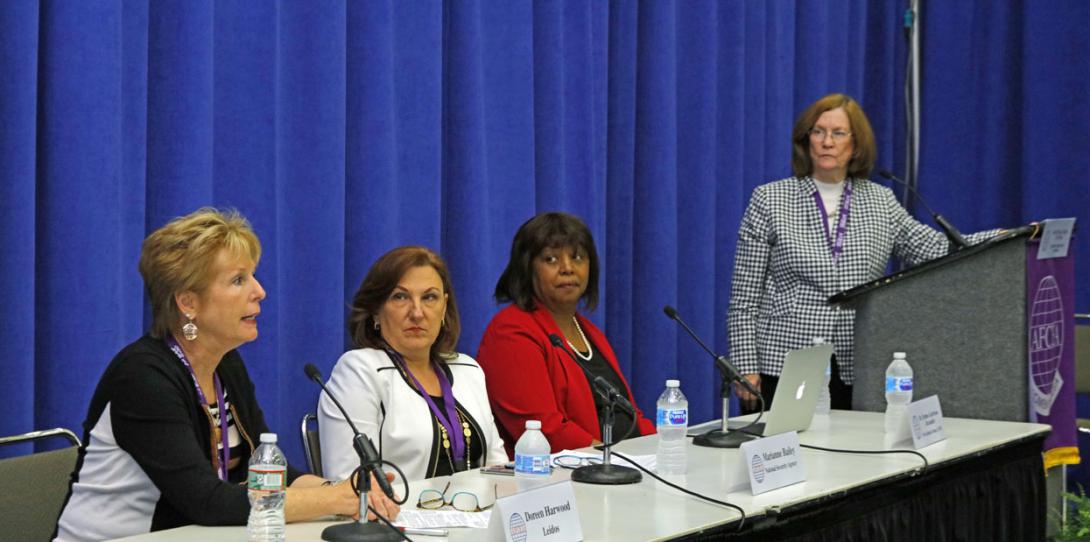
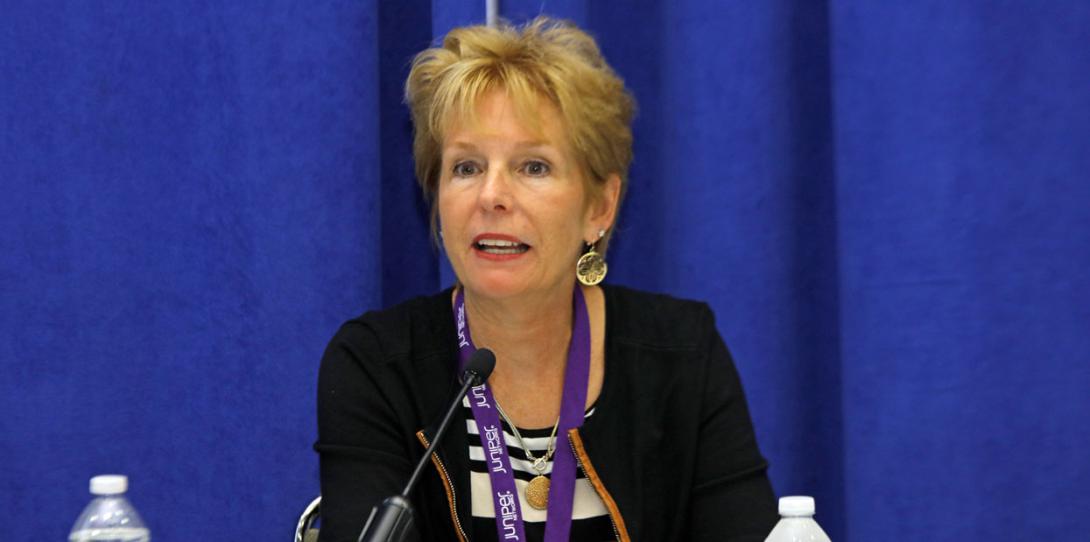
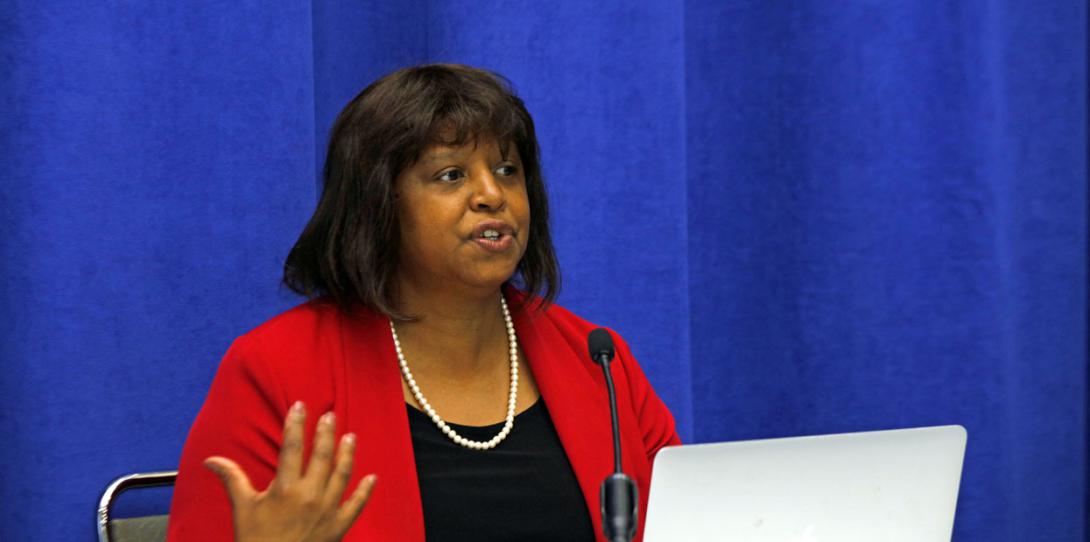
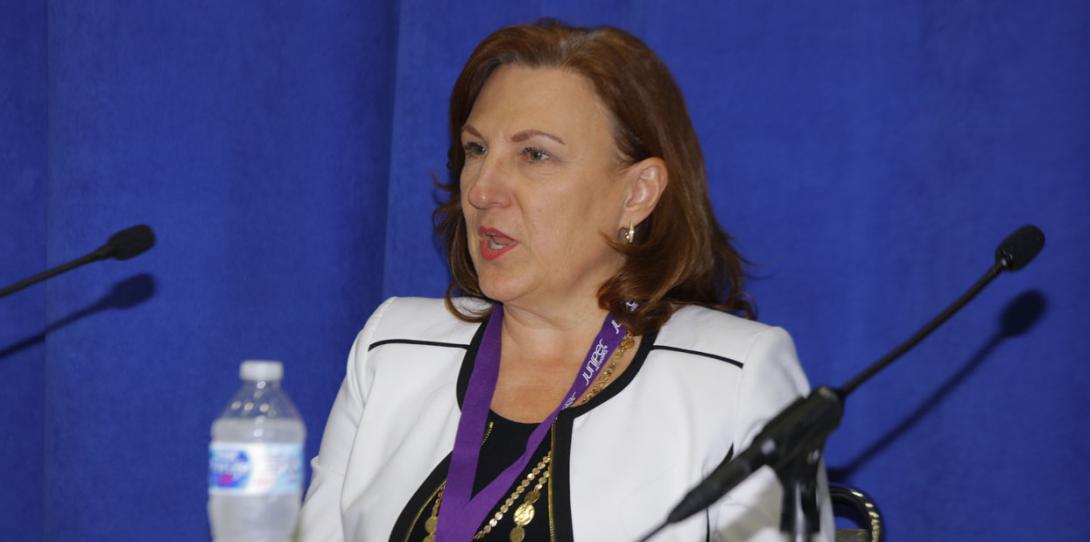
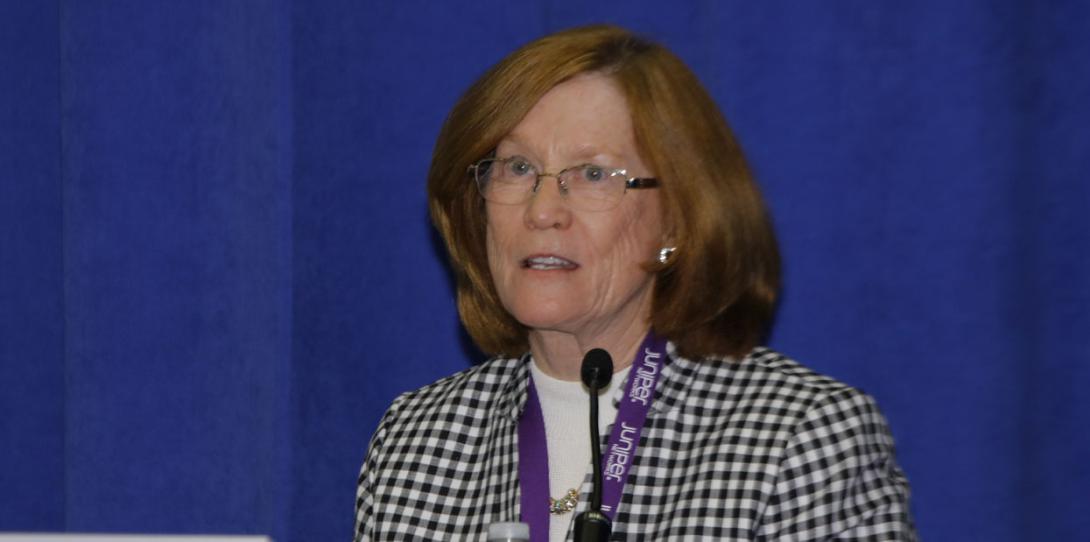




Comment
I am looking for a STEM
I am looking for a STEM scholarships that supports cyber for Women or cyber in general.
I currently live in centers Maryland and I would like persue a cyber certification and degree.
Comments